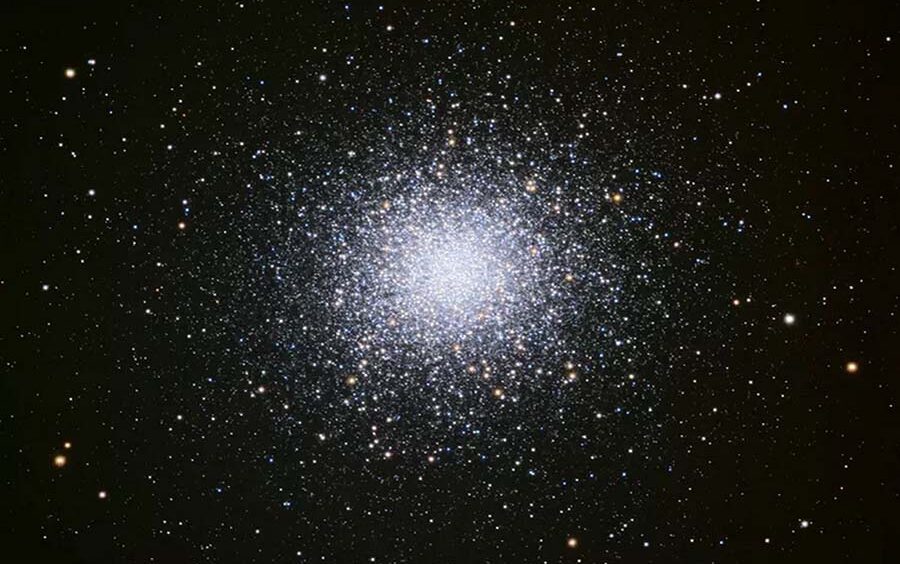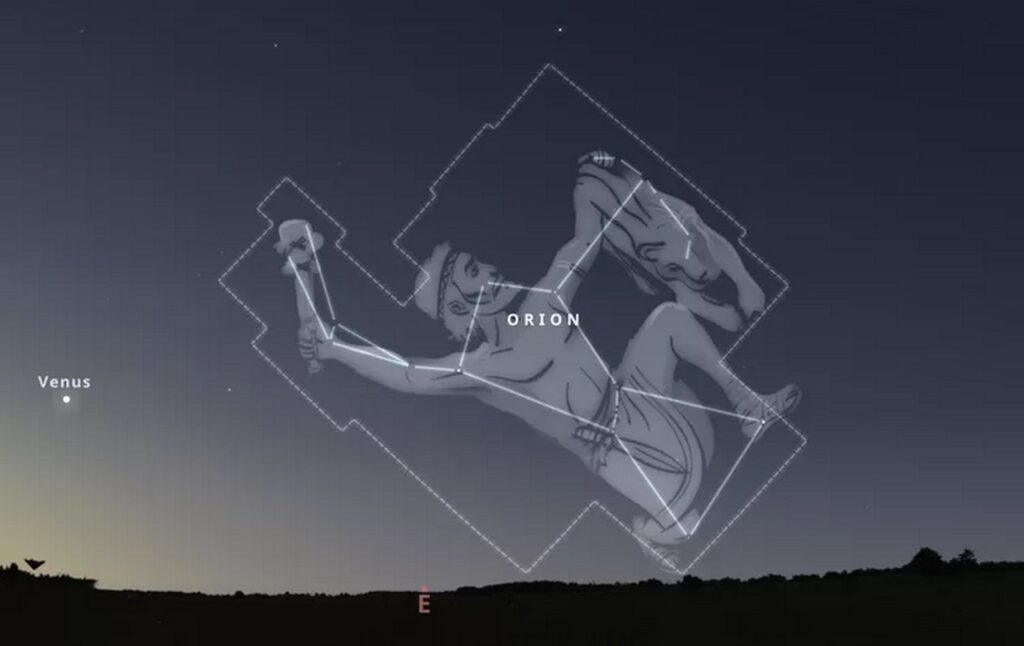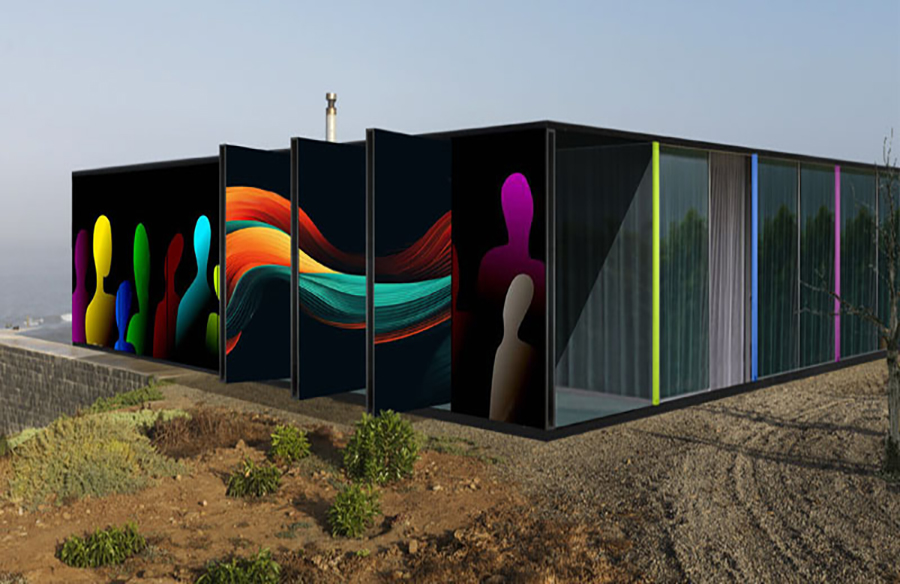July Night Sky Highlights

As summer unfolds in the Northern Hemisphere, July brings a dazzling array of celestial events to captivate stargazers worldwide. From the luminous glow of the Thunder Supermoon to the spectacle of dueling meteor showers, here are the highlights of July’s night sky:

Full Thunder Supermoon (July 2/3)
The Thunder Moon, also known as the first supermoon of 2023, graces the sky on July 2-3. Named for its association with the stormiest month of the year in the Northern Hemisphere, this supermoon appears larger and brighter than usual as it reaches its closest point to Earth in its elliptical orbit.
Earth is Farthest from the Sun (July 6)
On July 6, Earth reaches aphelion, its farthest point from the sun in its elliptical orbit. Despite this astronomical milestone, the heat waves of summer continue to grip much of the Northern Hemisphere.
July’s New Moon Dark Skies (July 15-20)
July’s New Moon on the 17th heralds exceptionally dark skies, providing an ideal opportunity for stargazers to observe celestial wonders unimpeded by moonlight. The Hercules Globular Cluster (M13) is a recommended target for observation, offering a mesmerizing glimpse of hundreds of thousands of stars.
Newly-Discovered Comet (July 17)
Comet C/2023 E1 (ATLAS), discovered in March 2023, reaches its maximum brightness on July 17. Stargazers can catch this periodic comet’s closest approach to Earth by using binoculars or a small telescope and looking toward the constellation Cetus.
Delta Aquarids Meteor Shower (July 28-29)
The Delta Aquarids meteor shower, a precursor to the Perseids in August, peaks around July 28/29. Originating from Comet 96P Machholz, these meteors appear to radiate from the constellation Aquarius. Stargazers can witness this celestial display in the southern sky during the early morning hours.
Alpha Capricornids Fireballs (July 30-31)
The Alpha Capricornids meteor shower, known for its bright fireballs, reaches its peak on the evening of July 31. Although not prolific in quantity, this shower promises spectacular views of Earth-grazing fireballs, enhanced by dark skies with a 5% full moon.

The Return of Orion (July 30)
Orion, the iconic constellation known as the “Ghost of the Summer Dawn,” makes its eastern return in the early morning hours of July 30. With its distinctive belt of three bright stars, Orion heralds the transition from summer to fall, captivating stargazers with its shimmering presence.
Conclusion
July’s night sky offers a captivating spectacle of celestial phenomena, inviting enthusiasts to gaze in wonder at the wonders of the cosmos. Whether marveling at the brilliance of the Thunder Supermoon or spotting Earth-grazing fireballs during the Alpha Capricornids meteor shower, July promises unforgettable moments under the stars. So mark your calendars, set your alarms, and embark on a celestial journey through the splendors of the July night sky.


 English
English 
































































































































































































































































































































































